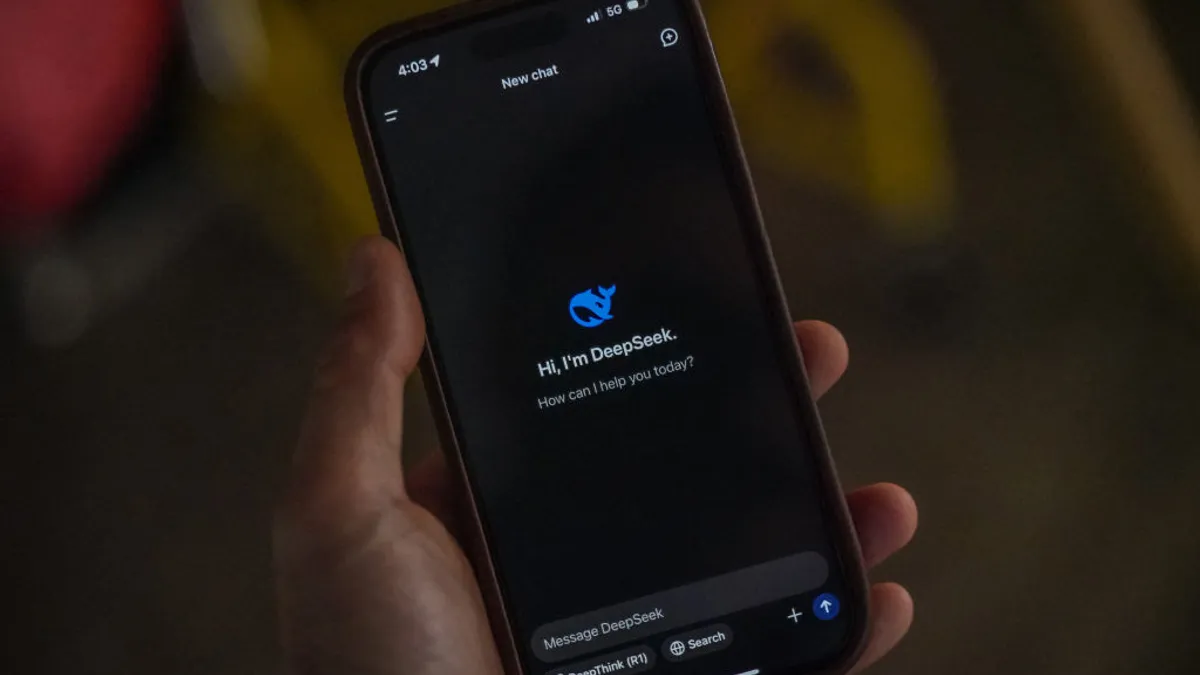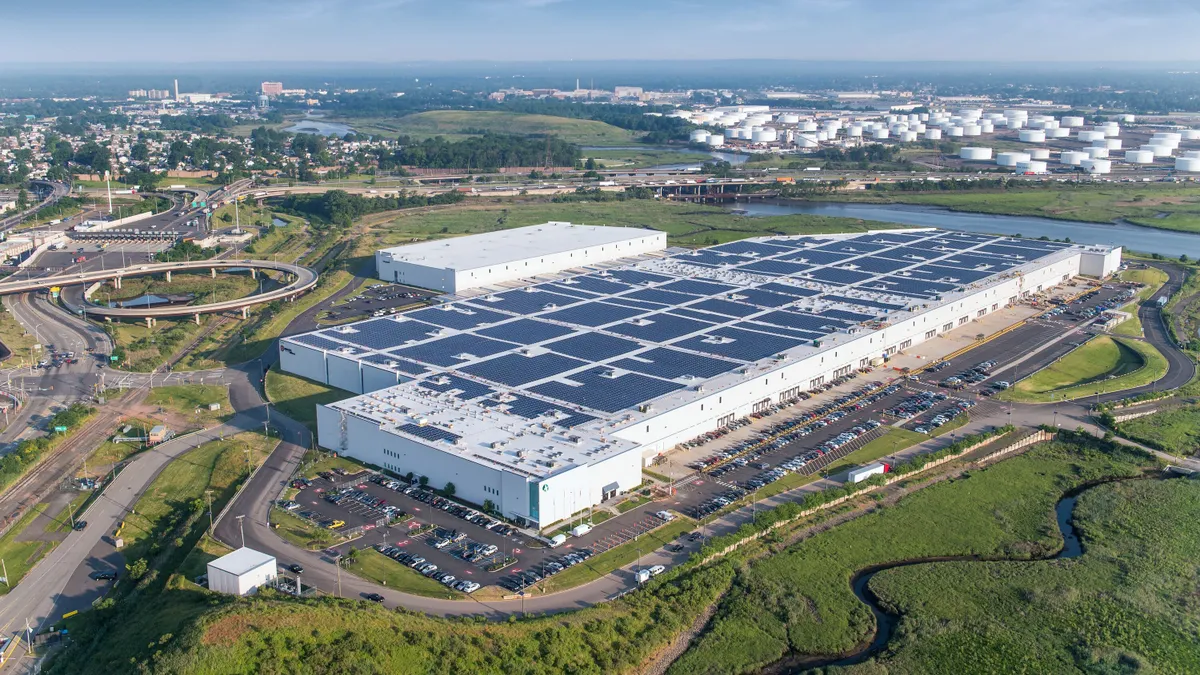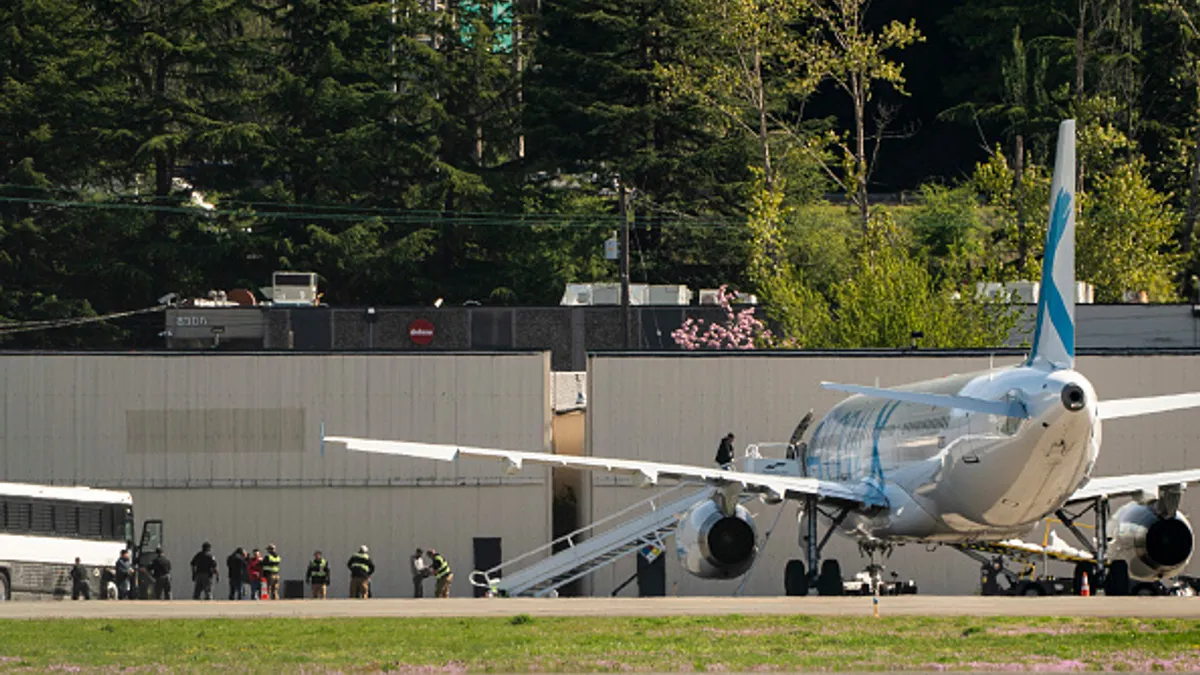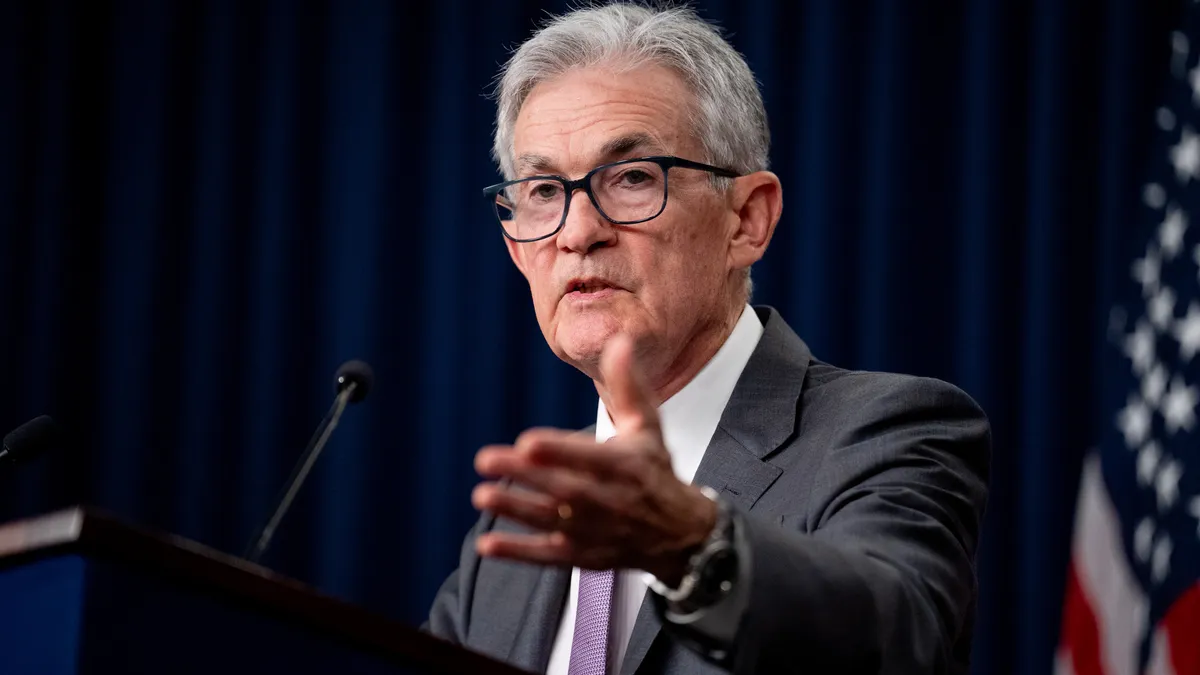DeepSeek’s AI model is good news for adoption across companies because it could significantly bring down the cost for companies to develop their own in-house AI-supported products and services, Goldman Sachs executives said in an episode of the investment bank’s Exchanges podcast released last week.
“The cost of compute is coming down dramatically. The price per token is coming down dramatically,” said Kim Posnett, global co-head of investment banking at Goldman Sachs. “That means these models are becoming cost efficient. It is great for the world that this will be cheaper for all of us.”
Chinese startup DeepSeek roiled the markets in late January with its rollout of an open source AI model that it claims was built at a significantly lower cost than rivals like OpenAI, Google and Anthropic. The company, according to a report from Reuters, claimed it took two months and just under $6 million to build its R1 AI model using Nvidia H800 AI chips. The news drew mixed reactions, ranging from President Trump calling it a “wake-up call” to SAP’s CFO heralding it as good news for his company, CFO Dive previously reported.
With a lower overall compute cost, lower pre-training costs, and a lower cost of inference — the cost to ping AI models to generate outputs — DeepSeek could address concerns regarding the cost to build AI-powered tools. In turn, this could open up avenues for new use cases, said George Lee, co-head of the Goldman Sachs Global Institute, a research and advisory unit launched by the bank in 2023 focusing on geopolitics, technology and global markets.
DeepSeek could also lower the barrier to entry for firms looking to engage in more pre-training activity at a lower price point, he noted.
“It marks the beginning of even more pre-training activity by more people who can afford to embark on this at lower capital costs,” he said. “People talk about Jevons paradox as the price of something declines, abundance tends to increase.”
Lower prices, higher demand
Jevons paradox — a concept wherein the increased efficiency of technology will support greater adoption — has recently been invoked among AI industry watchers amid the potential of lower-cost AI offerings.
As AI model prices decline, “overall demand will likely accelerate,” Lee posted on LinkedIn last week. “At the same time, human-generated data sources are rapidly depleting, which has made data itself more valuable than ever.”
AI models today require huge amounts of capital. Amazon, Alphabet, Meta and Microsoft spent just under $200 billion of capital expenditures last year, up more than 70% from two years before, Posnett said.
Companies are perhaps rethinking the amount of capital expenditures on AI in the medium and long term due to the disruption from DeepSeek’s AI model, but “I don’t think we know the answer yet,” she noted.
New use cases
Across the business landscape, new use cases could include the automation of complex processes, including for legal assistance, financial services and scientific research, Posnett said.
“I was just with an AI researcher last week talking about modeling the immune system and modeling the brain. Think about the implications for the healthcare industry if we’re able to achieve that,” she said. She also suggested AI assistants “for everyone in every context,” might be an outcome of the accelerated development of AI offerings at lower price points.
Cheaper development costs could also support the buildout of agentic AI possibilities, panelists said.
Data and power availability are two key pressures on AI development, though panelists did not comment on whether lower-cost models could alleviate them.
“What is the single biggest bottleneck to AI? Is it data or power? I think maybe a year ago I would have said data. I think today I would say power,” said Posnett. “I think you’ll start to see things like synthetic data marketplaces, so that’s where AI-generated data mimics real-time data.
Ramp-up in AI-focused M&A, capital raises
The easing of monetary policy and the regulatory environment will fuel investments in growth, investment and IPOs, Posnett said. Investors are bullish and we can expect to see more strategic M&A related to AI coming this year, she added.
“Last year, people were still testing and learning and trying to understand applications to their own businesses. This year is the year of true enterprise adoption and scaling,” she said.



















